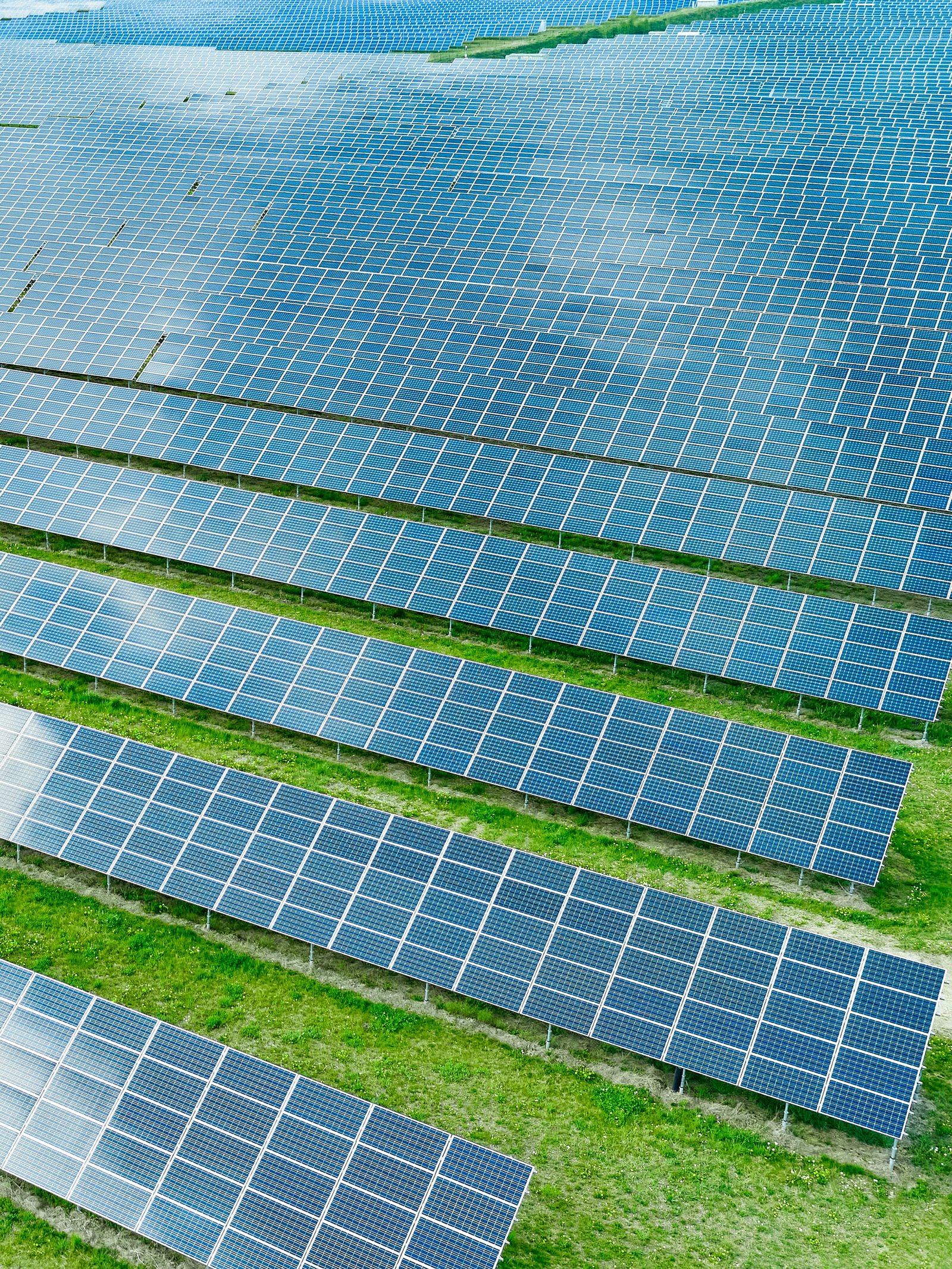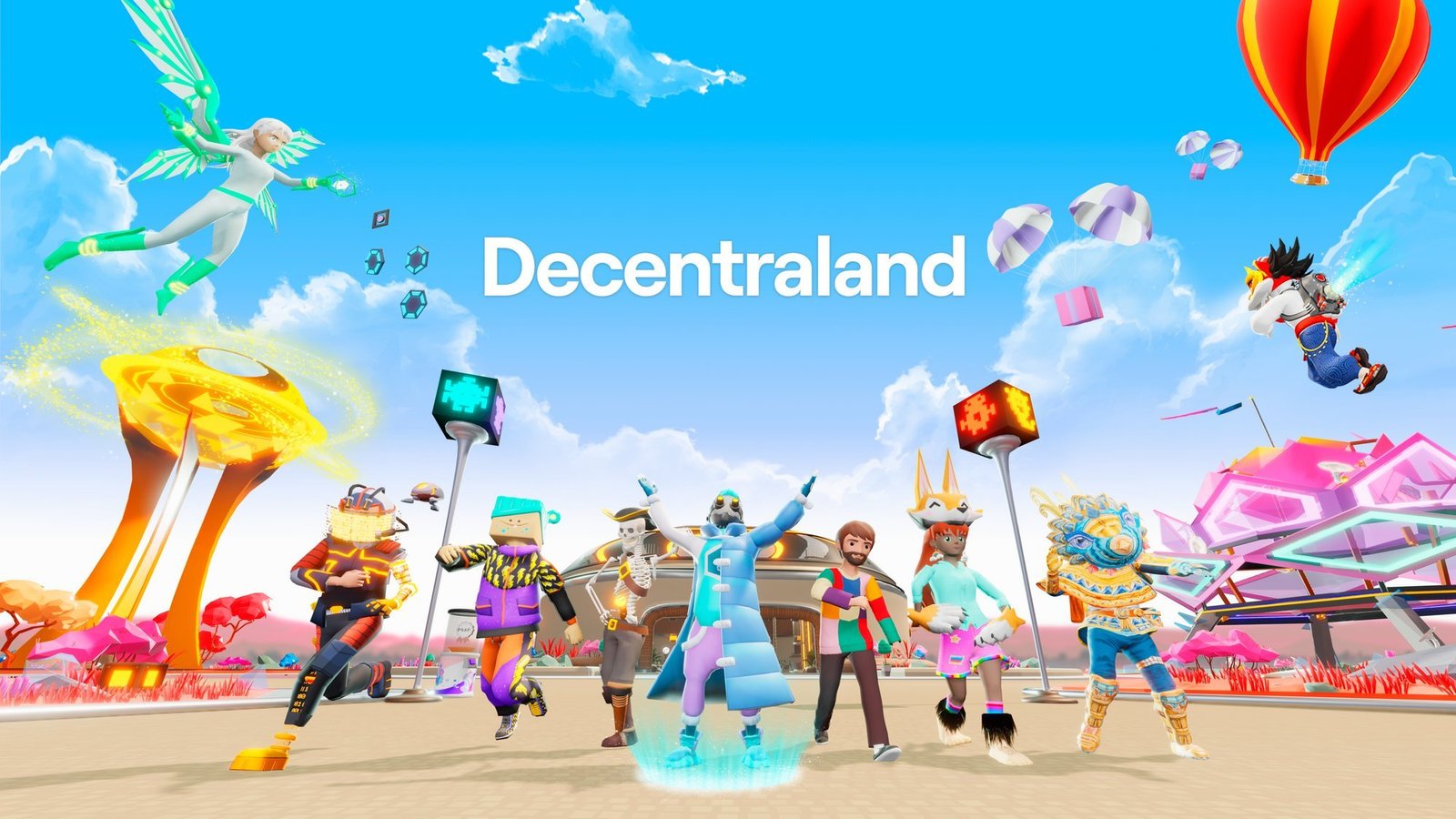
How Government Policy is Affecting Renewables
In recent years, the global economy has witnessed a surge in interest rates, and the United Kingdom and Europe have not been immune to this trend.
Macroeconomic Policies
The prolonged period of low interest rates that followed the 2008 financial crisis has come to an end, with central banks across the region gradually raising rates in response to improving economic conditions. While higher interest rates may signal a healthier economy, they also have significant implications for the valuation of renewable assets.
Renewable assets, such as wind and solar farms, have become increasingly popular investments as countries strive to transition to more sustainable and greener energy sources. These assets are typically valued based on their expected future cash flows, which are heavily influenced by the discount rate used in valuation models. As interest rates rise, the cost of capital increases, development of new projects is hindered and investors look to other sectors to deliver their target returns.

- Cost of Capital. One of the main ways in which higher interest rates impact renewable asset valuations is through a decrease in the net present value (NPV) of future cash flows Renewable energy projects often require significant upfront capital investments, and many developers rely on debt financing to fund these projects. When interest rates are high, the cost of borrowing increases, which can reduce the financial viability of projects due to a higher weighted average cost of capital (WACC), reduced cash flows and higher debt servicing costs all of which drive down the value of assets. This can be particularly significant for long-term projects such as renewables that have a lifespan of 30+ years.

- Slowdown in Development. Another challenge posed by the high interest rate environment is the impact on project pipelines and development. Renewable energy projects typically have long development cycles, involving various stages such as site selection, permitting, and grid connection. These projects require certainty and stability in financing conditions to proceed smoothly. When interest rates are high and valuations driven down as a result, investors and developers may be more cautious and hesitant to commit to new projects, leading to a slowdown in project development and a potential reduction in the pipeline of renewable energy projects.

- Opportunity Cost. Higher interest rates can also impact the appetite of investors for renewable assets. As interest rates rise, investors may shift their focus to other investment options that offer higher returns with lower risks. Renewable assets, which are often perceived as long-term investments, may become less attractive compared to other investment opportunities that offer higher short-term returns. This can result in reduced demand for renewable assets, which may further impact their valuations.
Wholesale Energy Prices
As if high interest rates were not problematic enough, we have also seen a steep decline in wholesale power prices that further drive down the value of renewable energy assets. Wholesale power prices, which are determined by market forces and can be influenced by various factors such as changes in demand, supply dynamics, and regulatory policies, have experienced downward pressure, primarily triggered by a combination of a milder-than-expected winter and government-imposed price caps, as well as reduced demand due to energy efficiency measures and lower natural gas prices.
Lower wholesale power prices have a direct impact on the revenue generated by renewable energy assets, as they typically sell electricity into the grid at market prices. When wholesale power prices decline, the revenue generated from the sale of electricity decreases, which negatively impacts the financial performance of renewable energy assets.
This can be particularly challenging for newer renewable energy projects that have higher debt service costs or other financial obligations, as they may struggle to generate sufficient revenue to meet these obligations.
In Summary
The combination of lower wholesale power prices and high interest rates can create a challenging environment for the value of renewable energy assets. It has direct implications for developers, investors, and other stakeholders participating in the renewable energy sector as it affects investment decisions, project economics, and the pace of renewable energy development. Managing these challenges requires careful consideration of market dynamics, financing strategies, and regulatory policies to ensure the continued growth and sustainability (pun not intended) of renewable energy assets in a changing economic environment.

Looking Ahead
It’s not all doom and gloom for the renewable energy sector in the face of lower energy costs and rising interest rates. Government policies and incentives to promote renewable energy can play a crucial role in supporting the sector and other forms of financial support can offset the increase in financing costs and help maintain the attractiveness of renewable investments.
In addition, technological advancements and economies of scale in the renewable energy sector can improve the profitability of projects. As renewable technologies become more efficient and costs continue to decline, the overall profitability and cash flows of renewable projects may improve, helping to maintain or even increase their valuations.
Furthermore, the growing awareness and demand for sustainable investments from investors and consumers can also contribute to the resilience of renewable asset valuations. Many investors are increasingly looking for socially responsible investments, and renewable energy assets offer relatively low risk, long term, predictable cashflows for institutional investors seeking to deploy significant capital to yielding assets.
But how does this impact the business world?
On the face of things, NFTs might just appear as an artwork project, but there’s actually a lot more to the technology than what meets the eye. Artwork was just the best method of testing a means of virtual authenticity and a way of offering exclusive memberships to specific groups of people.
The initial hype behind NFTs was fruitful enough on its own, allowing rappers and musicians to sell 1 million copies of their tracks in less than a minute. The technology has the power to turn pretty much anything into a collectible, by making it exclusive and offering a way to authenticate it.
 With each transaction being minted on the blockchain, it opens the door for a whole host of business use cases, and the world is very quickly opening its eyes to those opportunities. Want to prove to people that your expensive watch isn’t fake? Show them your authenticated blockchain transaction that proves it is. Lost your receipt for an expensive item? You’ve got virtual proof of your purchase that you can access with a few clicks.
With each transaction being minted on the blockchain, it opens the door for a whole host of business use cases, and the world is very quickly opening its eyes to those opportunities. Want to prove to people that your expensive watch isn’t fake? Show them your authenticated blockchain transaction that proves it is. Lost your receipt for an expensive item? You’ve got virtual proof of your purchase that you can access with a few clicks.
 But the benefits to NFT technology in business aren’t just ones that serve the end-user, they’re also a beacon of hope to creatives too. People who previously had to release work under the supervision of agents are now able to release content on their own terms – and make a lot of money doing it. Creators are also able to earn a royalty percentage on secondary market sales, generating them passive income.
But the benefits to NFT technology in business aren’t just ones that serve the end-user, they’re also a beacon of hope to creatives too. People who previously had to release work under the supervision of agents are now able to release content on their own terms – and make a lot of money doing it. Creators are also able to earn a royalty percentage on secondary market sales, generating them passive income.
There’s even more money in it for the holders too, because collections are finding ways to introduce passive income streams that are woven into the utilities of the project. They might release a game that earns users new NFTs that they can sell for real money, or introduce a method of earning a token with real economic value. These are all tried and tested mechanics that have been given new life with NFT technology, making financial gain more accessible for everyone involved.
So where are we headed?
Image Copyright @ twitter.com/decentraland
 Some of the world’s largest companies are currently investing in NFTs, and one of the main ways that they’re doing so is through virtual land and assets. Platforms like Decentraland, Hyperverse and The Sandbox are selling off virtual plots to titans of the business world, who are preparing for a new wave of commerce.
Some of the world’s largest companies are currently investing in NFTs, and one of the main ways that they’re doing so is through virtual land and assets. Platforms like Decentraland, Hyperverse and The Sandbox are selling off virtual plots to titans of the business world, who are preparing for a new wave of commerce.
Are we really going to sit here and pretend that these giants don’t know what they’re talking about? Are we going to ignore something revolutionary just because we refuse to understand it?
NFTs have introduced a brand new era of security and innovation into the world of business and have allowed people to switch the script on what success should look like. People are making millions of dollars overnight on pictures of apes; just think about what the peak of that might look like.
Incredible, right?


